by Rabbi Yair Hoffman for 5tjt.com
The Chofetz Chaim writes that of the 248 positive Mitzvos of the 613 Mitzvos in the Torah, there are only 77 that are applicable today. The Chofetz Chaim writes in his preface to his Sefer HaMitzvos HaKatzar that a person should review these Mitzvos twice a week. What follows is the 2nd and 1st of the 77 Mitzvos with short thoughts and comments by Rabbi Yair Hoffman.
ב. מצות עשה ליחד השם יתברך, להאמין אמונה שלימה שהוא אחד בלי שום שתוף. שנאמר (דברים ו, ד): “שמע ישראל ה’ אלהינו ה’ אחד” – וזוהי עיקר האמונה. אחר ידיעה הראשונה שיש אלוה נמצא, צריך להאמין באמונה שלימה שהוא אחד פשוט בתכלית האחדות, ואינו גוף, ולא ישיגוהו משיגי הגוף, ולא יקרהו מקרי הגוף, ואין שני לו, ומבלעדו אין אלהים. ואמונה זו חייבים אנו בכל עת ובכל רגע, בזכרים ובנקבות
2. It is a positive commandment to believe in Hashem’s oneness, believing with complete faith that He is One, with no partner. As it states (Dvarim 6:4): “Hear, O Israel: Hashem is our G-d – Hashem is one!” This is the fundamental aspect of the faith. After the initial knowledge that there is one G-d who exists, one needs to belief with complete faith that He is one – with the essence of oneness and unity. One must further believe that He has no corporeality that the concepts which apply to a physical body do not apply to Him, that things which happen to a body cannot happen to Him, that he has no second, and that there is no power beside Him. This belief is obligatory upon us in all times and all places, to both men and women.
** RABBI HOFFMAN’S COMMENTS**
The Gemorah in Psachim (56a) discusses the sentence that appears immediately after the first pasuk of the Shma. The Gemorah asks: What is the reason that we recite that passage – “Blessed be the name of His glorious kingdom for ever and ever” – even though it appears nowhere in the Torah? The Gemara answers: We recite it in accordance with that which Rabbi Shimon ben Lakish explained:
it is written: “And Yaakov called his sons and said, Gather around and I will tell you what will occur to you in the end of days” (Bereishis 49:1). Yaakov wanted to reveal to his sons when the complete redemption would arrive at the end of days (see Daniel 12:13), but the Shechina abandoned him, rendering him unable to prophesy. He said: Perhaps the Shechina has abandoned me because, Heaven forfend, one of my descendants is unfit.. His sons said to him: Hear O’ Israel, (our father) Hashem is our G-d – Hashem is One. They said: Just as there is only one G-d in your heart, so too, there is only one in our hearts. At that moment Yaakov Avinu responded (in appreciation) – Blessed be the name of His glorious kingdom for ever and ever, as all his children were righteous.
The Rabbis said: What should we do? Shall we recite this verse? But Moshe Rabbeinu did not say it in the Torah as part of Shema. Shall we not recite it? But Yaakov said it. In order to resolve this dilemma they established that this passage should be recited silently.
A woman must also recite the verse of Boruch Shaim Kvos Malchuso l’Olam Vo’ed as this part of the Mitzvah of unifying Hashem’s Name according to the Levush (See OC 66:1). This author understands the Levush to mean that Yaakov Avinu expressed this as Hakaras HaTov in that Hashem is the ultimate Giver and that is part of our understanding of the Oneness of Hashem.
This is part of declaring Hashem’s Oneness.
Just as we have explained earlier in the name of the Alter of Slabodka (see Ohr HaTzafun Siman 1) that part of belief in Hashem is to realize that Hashem is the Ultimate Giver and the source of all good. He writes that both of these concepts are, in fact, one and the same. He proves it from the fact that Adam haRishon had only one Mitzvah – belief in hashem. Yet the Torah included the idea of Naaseh Adam b’Tzalmeinu, “Let us make man in our own image” – to teach us midos that we should consult with those below our station as well (see Rashi ibid). Perforce, both concepts are one. This is also a Zohar.
א. מצות עשה להאמין שיש אלוק נמצא. שנאמר (שמות כ, ב): “אנכי ה’ אלקיך וגו'” – והוא יתברך ויתעלה המציא כל הנמצאים וכל העולמות, מכוחו וחפצו יתברך, הוא המשגיח על כל דבר. וזהו יסוד הדת. ומי שלא יאמין זה, הוא כופר בעיקר, ואין לו חלק וזכות בישראל. וחייבים אנו למסור נפשנו ומאודנו על אמונה זו. והעיקר – שיקבע בנפשו שהאמת כן הוא, ואי אפשר בחילוף מזה. וזה נוהג בכל עת ורגע, בזכרים ובנקבות:
- It is a positive commandment to believe that there is a G-d who exists. As it says (Shmos 20:2), “I am Hashem your G-d…” He (may He blessed and elevated) caused everything that exists to exist as well as all of the worlds. By virtue of His power and desire, may He be blessed, he oversees everything. This is the foundation of the religion.
One who does not believe this –
- is a denier of that which is fundamental
- He has no portion or merit in Israel.
We are obligated to stake our lives and our possessions on this belief. It is fundamental for a person to establish in his mind that this is the truth, and no alternative is possible. This [commandment] applies in all times and all places, to males and females.
** RABBI HOFFMAN’S COMMENTS**
In each generation, there are entirely untenable theories presented by deniers of Hashem. The current untenable theories are that everything evolved at random. The theory of Darwinian evolution was made before science was able to identify the systems that transpire within the cell. These systems cannot work in a gradual process. The cell cannot function unless all of these systems are in place. They all would have had to evolve simultaneously – an impossibility. It is forbidden to deny that which is fundamental.
The Alter of Slabodka explains (see Ohr HaTzafun Siman 1) that part of belief in Hashem is to realize that Hashem is the Ultimate Giver and the source of all good. He writes that both of these concepts are, in fact, one and the same. He proves it from the fact that Adam haRishon had only one Mitzvah – belief in hashem. Yet the Torah included the idea of Naaseh Adam b’Tzalmeinu, “Let us make man in our own image” – to teach us midos that we should consult with those below our station as well (see Rashi ibid). Perforce, both concepts are one.
The author can be reached at [email protected]

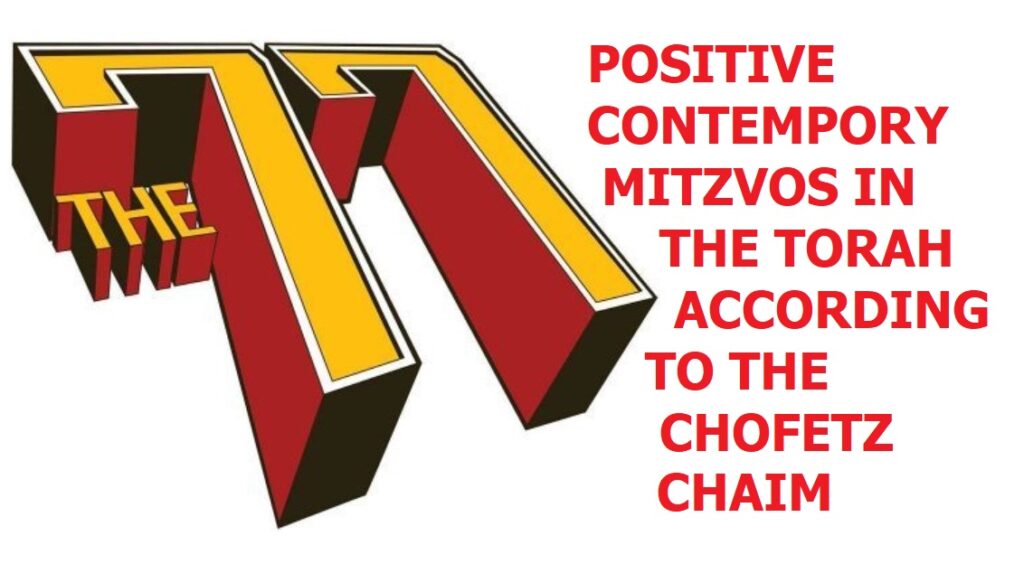


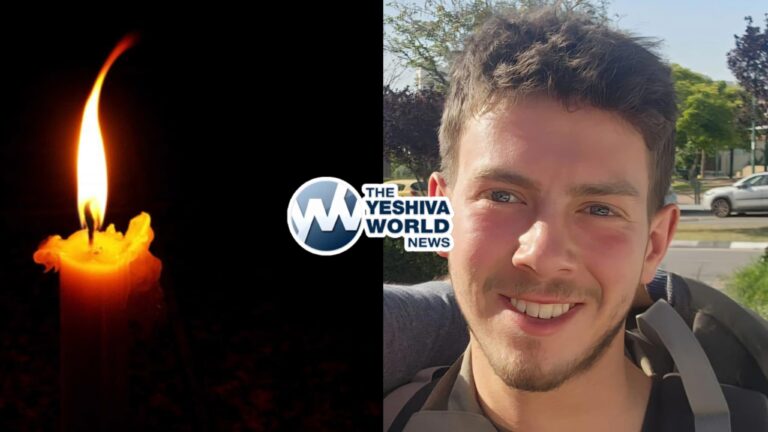

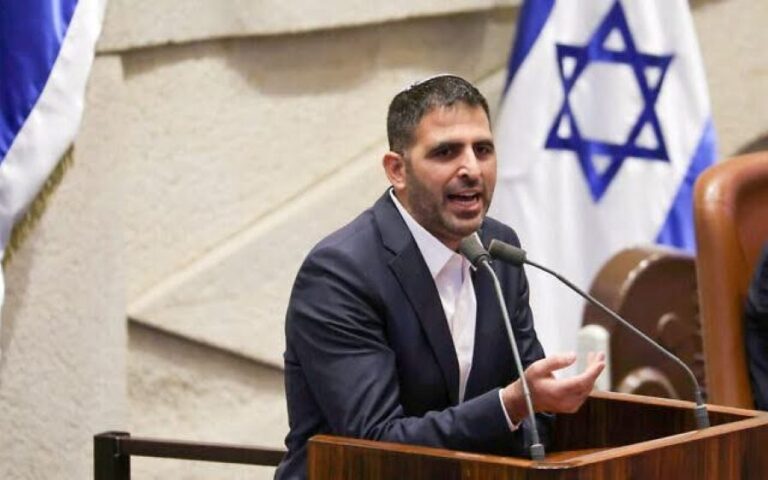
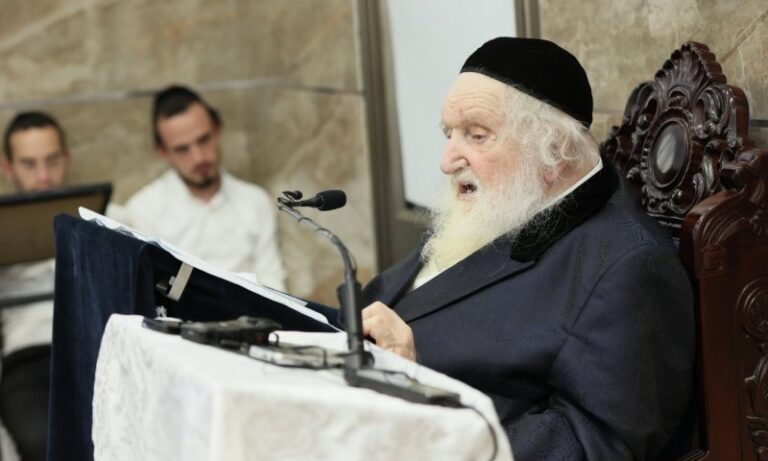



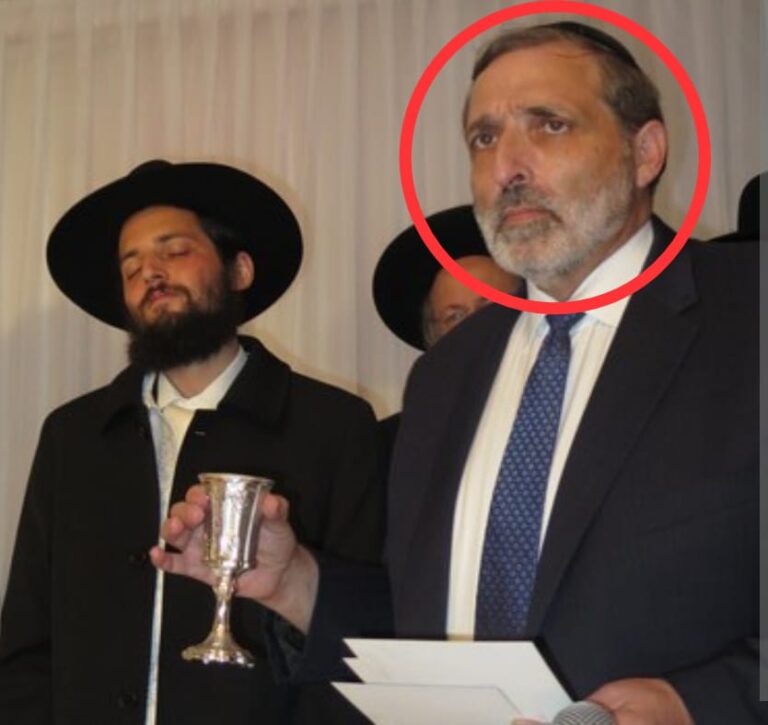
One Response
It says that one who is a baal gaaiva is like worshipping a’z as one takes naaseh adam literally.